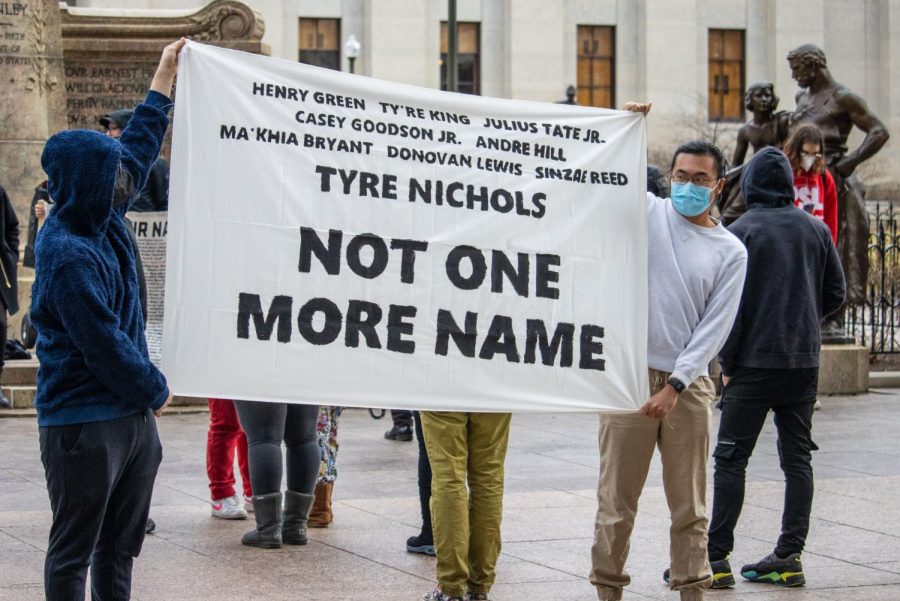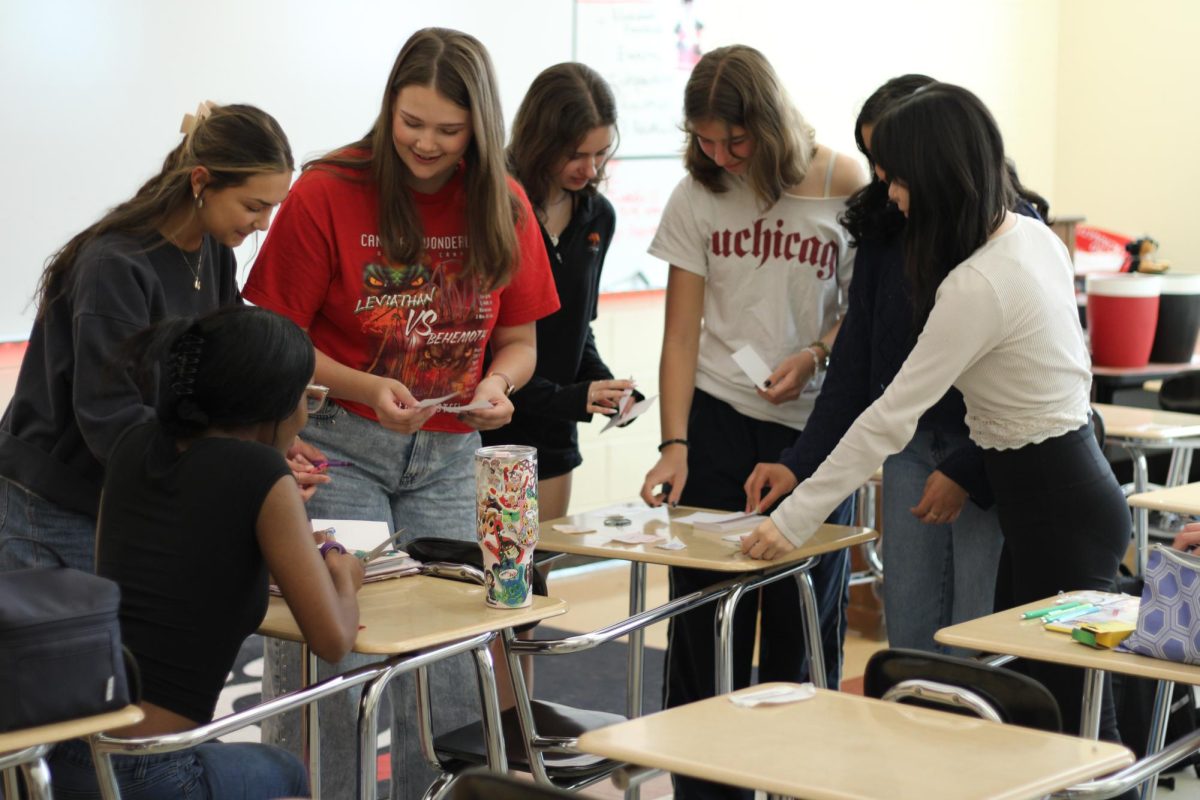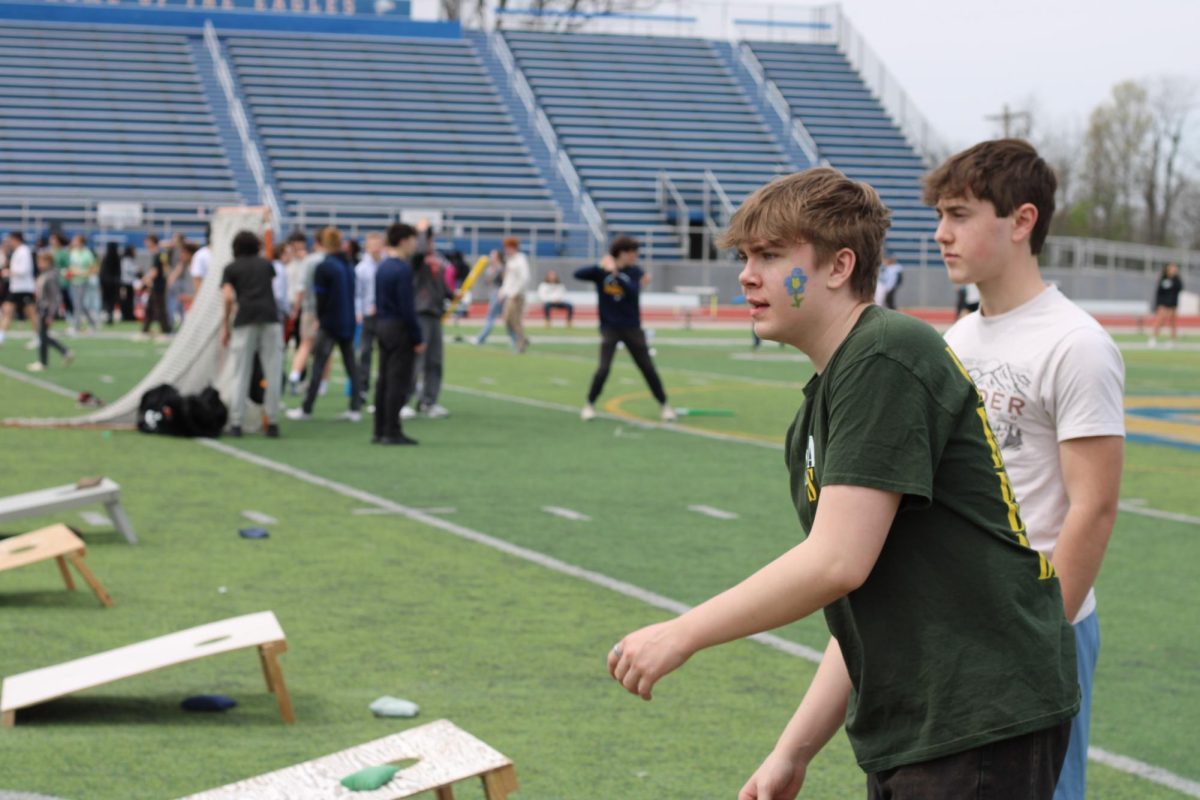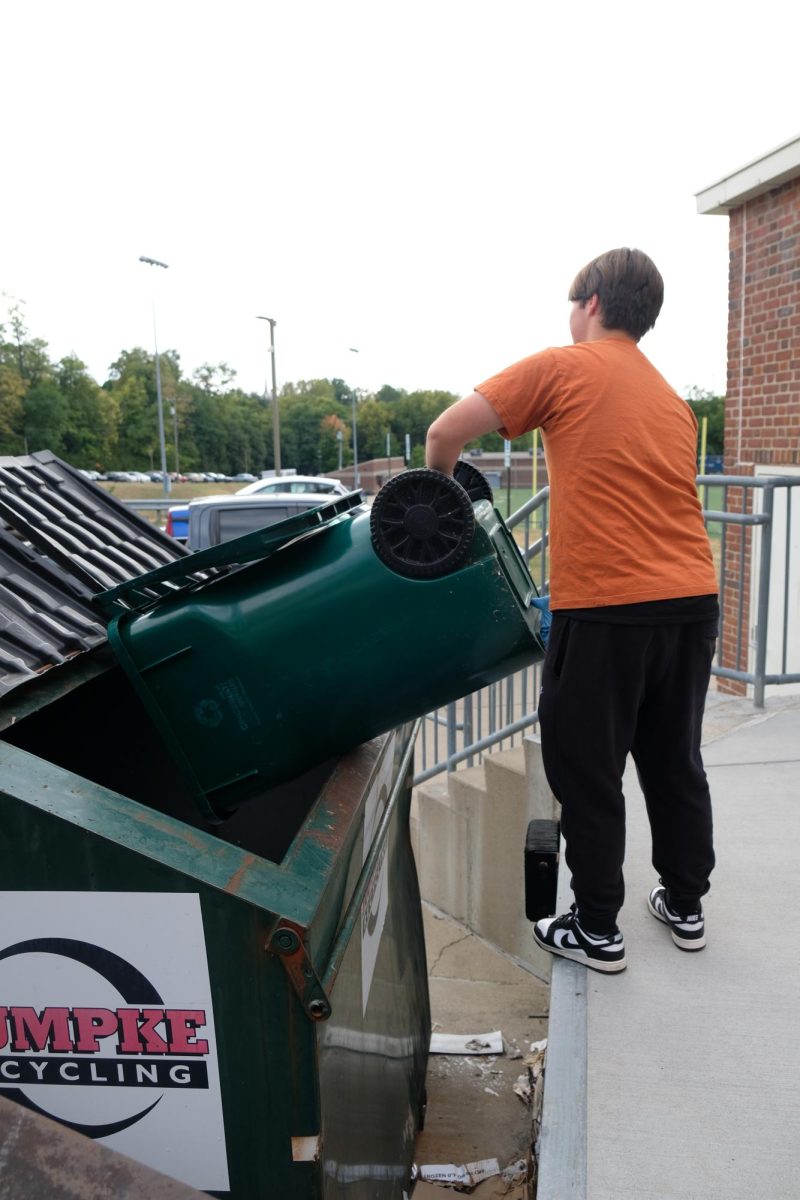The death of Tyre Nichols
Used with permission from Paul Becker
This picture shows a banner created by protesters in Columbus. Protests have sparked across the nation in response to Tyre Nichols’ death.
April 7, 2023
Tyre Nichols was beaten by police officers and denied medical intervention from EMTs on Jan. 7 in Memphis, TN., resulting in his death three days later in the hospital.
Tyre Nichols was a 29 year-old nature photographer and the father of his 4 year-old son. He was pulled over at a traffic stop by Preston Hemphill, a Black Memphis City police officer. Nichols was pulled over for alleged reckless driving and after being confronted, he attempted to flee on foot.
Body cam footage shows officers chasing him down and beating him to the point of being in critical condition.
Preston Hemphill, Tadarrius Bean, Demetrius Haley, Emmit Martin III, Desmond Mills Jr., and Justin Smith was directly involved in the first and second scenes of Nichols’ arrest. As of Jan. 8, the police have since been relieved from duty and are facing a multitude of charges including second degree murder, aggravating kidnapping, and official misconduct and official oppression.
The Memphis City Police Department has released a number of statements detailing their willingness to bring justice to Tyre Nichols’ death.
Police brutality is nothing new in the U.S. and has become a main focus of the Black Lives Matter Movement that has picked up momentum and news coverage in recent years. But the majority of Black men that are wrongly killed by police such as in routine traffic stops, have been killed by white officers.
All of the officers involved in both the first and second scenes of Nichols’ arrest were African American.
“We do know that there is more anti-black bias among white officers than black officers but we also know that black people and black officers have anti-black bias too. We’re talking about a difference in degree,” Khali Gibran Muhammad, a professor of race and public policy at Harvard Kennedy School, said to BBC.
SENIOR Bella Gordo, from the Young Activist Coalition, shared her thoughts on the incident and what this means for police brutality reformation.
When asked about how race may be involved in this incident, she explained how it is largely a race issue that started with slavery. And with this, how the abuse and discrimination subjected to African Americans affect how some Black officers react to incidents regarding Black citizens.
“[As] black people, because we often are so just subjugated in our regular day lives, treated a certain way, treated poorly because of how we look, that when a position and power is offered to us, we often don’t really use it to the best way,” Gordo said.
She thinks this has also affected the perspective of Cincinnati police. “I think it definitely is a community issue on the local level, like the Cincinnati City Council takes care of what cops do and sort of everything.”
Gordo explains that there are other services that should be utilized to prevent police brutality, as police training is not primarily focused on the de-escalation of a situation. The idea is that less money should be put towards policing and dispersed to counselors and social workers, who have better training in de-escalation.
“There’s still a huge culture of violence and oppression and police forces and so I think that that needs to be addressed too, but I think the police chief [Memphis Chief of Police] did take the right steps. So hopefully they continue to address the culture of violence in their police department,” Gordo said.







